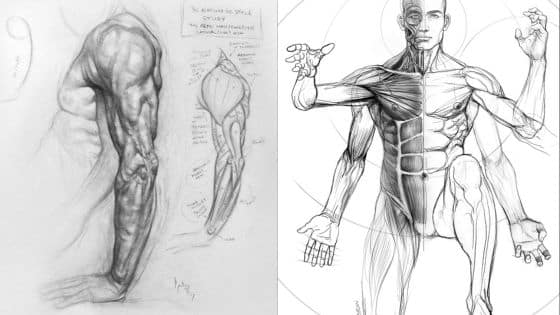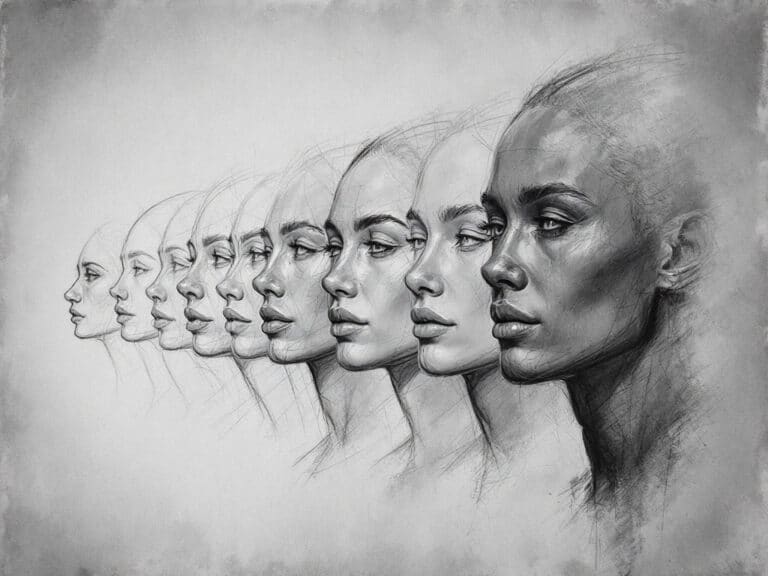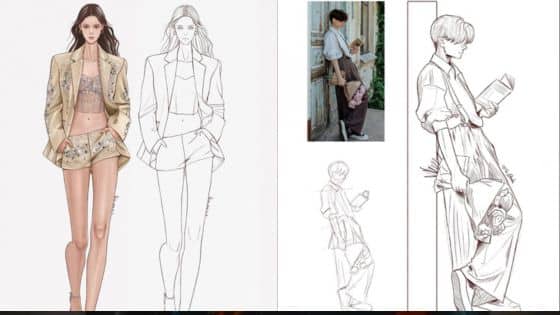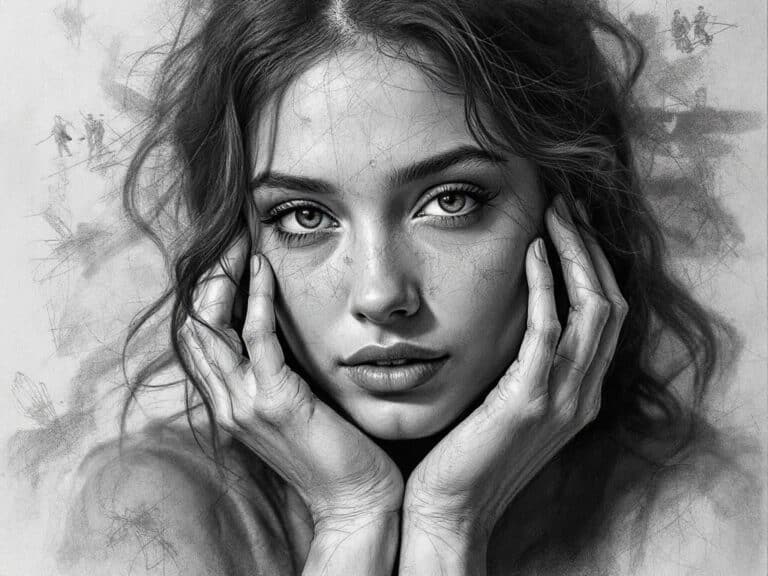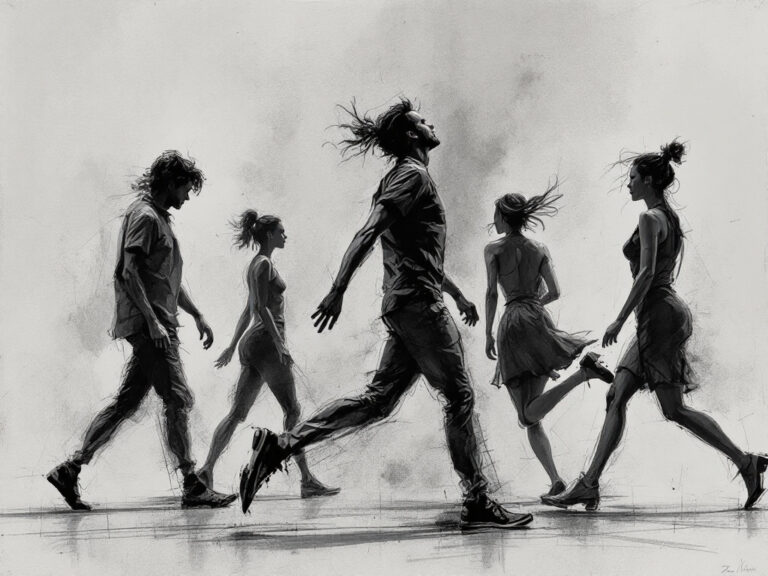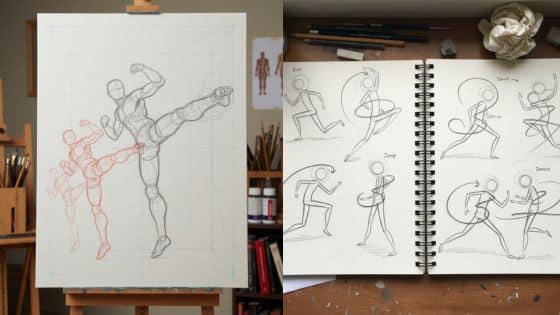Drawing a seated figure can be tricky because the body changes shape and position when sitting. Artists need to understand how proportions shift, how the skeleton supports the pose, and how weight moves through the body. Mastering these basics helps create realistic and natural-looking seated drawings.
Seated poses also involve challenges like foreshortening and hidden parts of the body, which can make drawing feel more complex. Paying attention to details such as the way clothes fold or how posture alters the figure adds depth and realism. Practicing gesture drawing and using clear reference points can make the process easier.
By learning these core concepts, artists can feel more confident when sketching anyone sitting down. This guide explores simple steps and helpful tips that will improve their skills and open new creative possibilities.
Essential Principles of Seated Figure Drawing
Drawing a seated figure means paying close attention to how the body rests and moves while sitting. The artist must capture the flow of the pose, how weight shifts, and the size relationships between different body parts.
Gesture and Posture Analysis
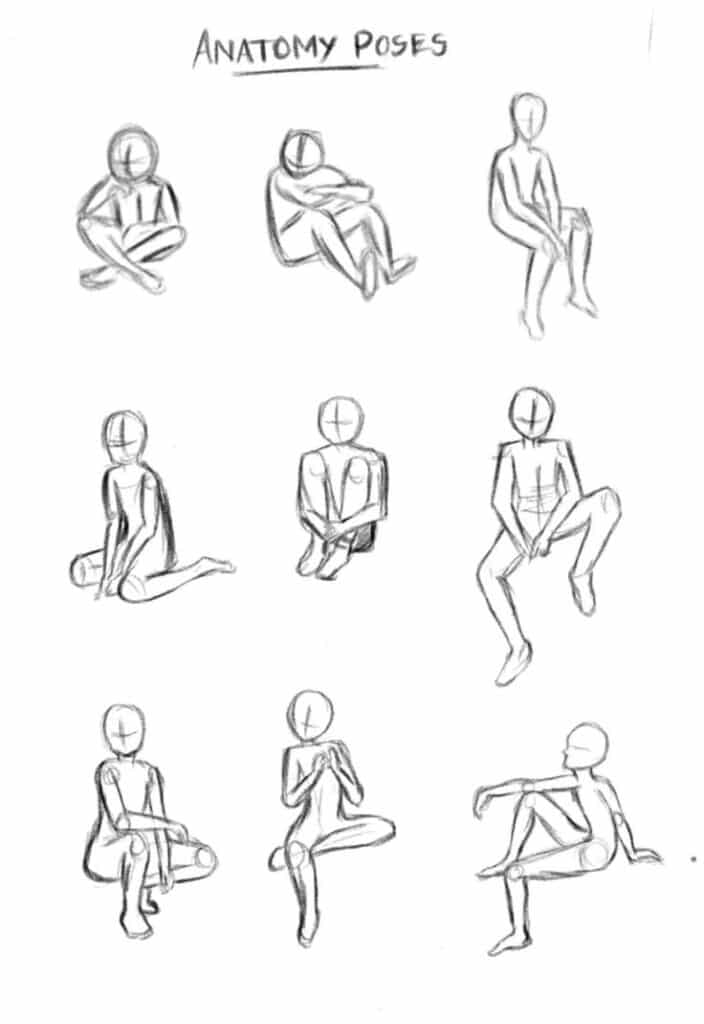
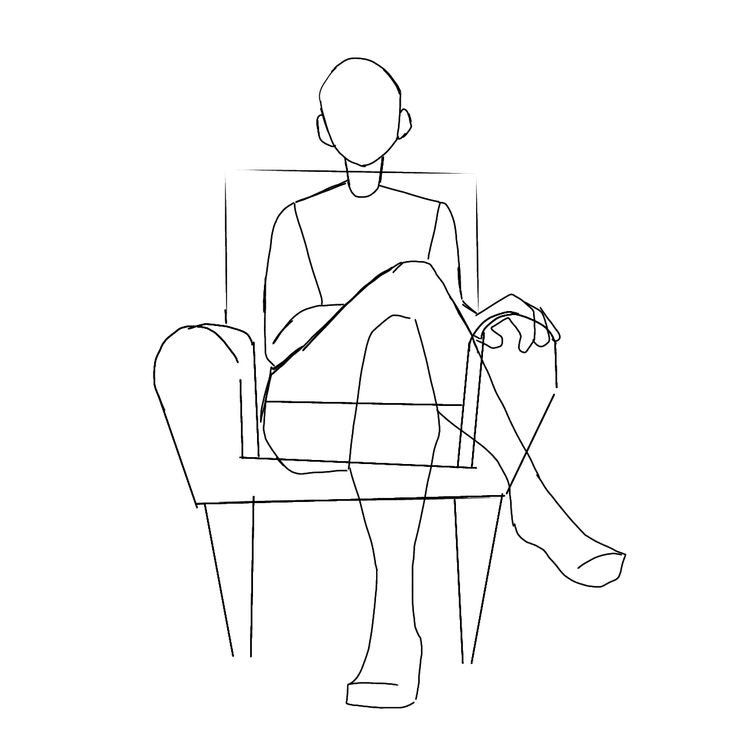
Gesture focuses on the overall flow and movement of the figure, even when seated. It helps the artist avoid stiff, lifeless drawings by capturing the natural curve or angle of the spine, the tilt of the head, and the position of arms and legs.
The posture shows how the figure holds itself. For example, a relaxed seated pose might have slouched shoulders and bent knees, while a more formal seated pose has a straight back and tight limbs. Drawing the gesture first helps set the stage for these posture details.
Understanding Balance and Support
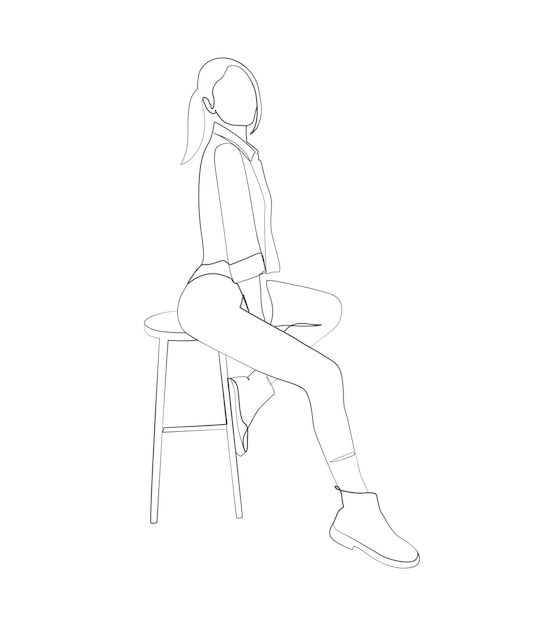
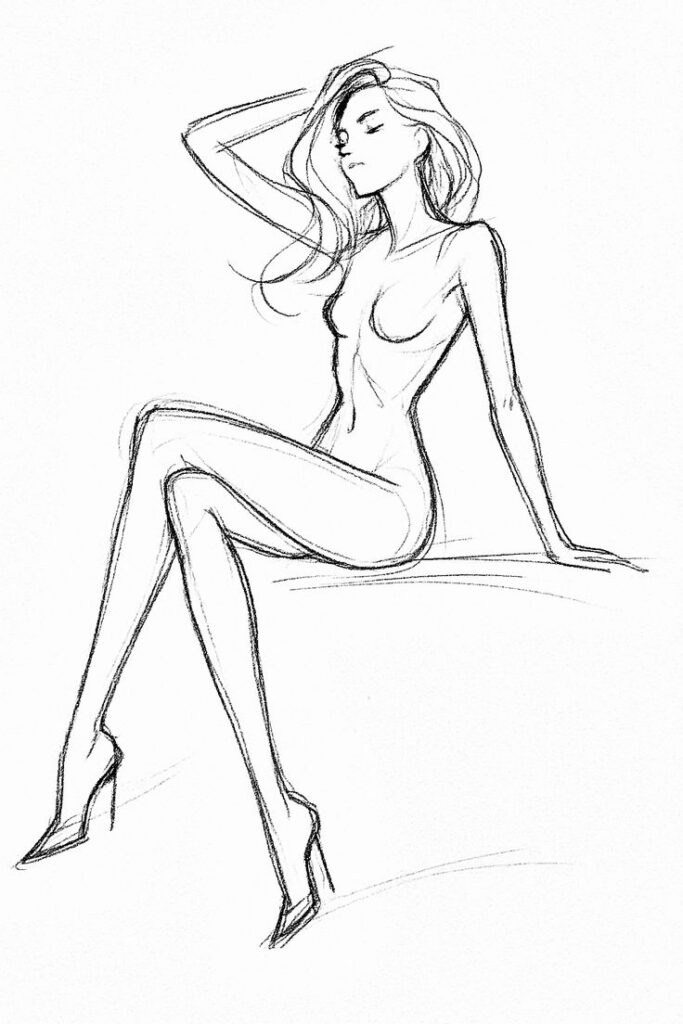
Balance is key in seated poses because the body rests completely on a surface. The artist must show where the weight lands, often on the buttocks, thighs, or feet.
The figure’s support includes chairs, cushions, or the floor. Understanding how the surface interacts with the body improves realism. For instance, the way the thighs press against a chair or how feet touch the ground shows if the figure is stable or shifting.
Proportional Relationships in Seated Poses
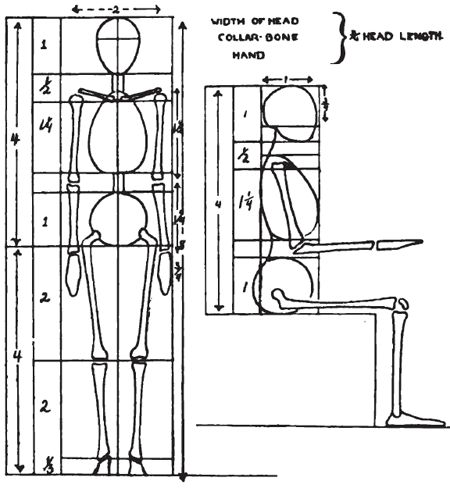
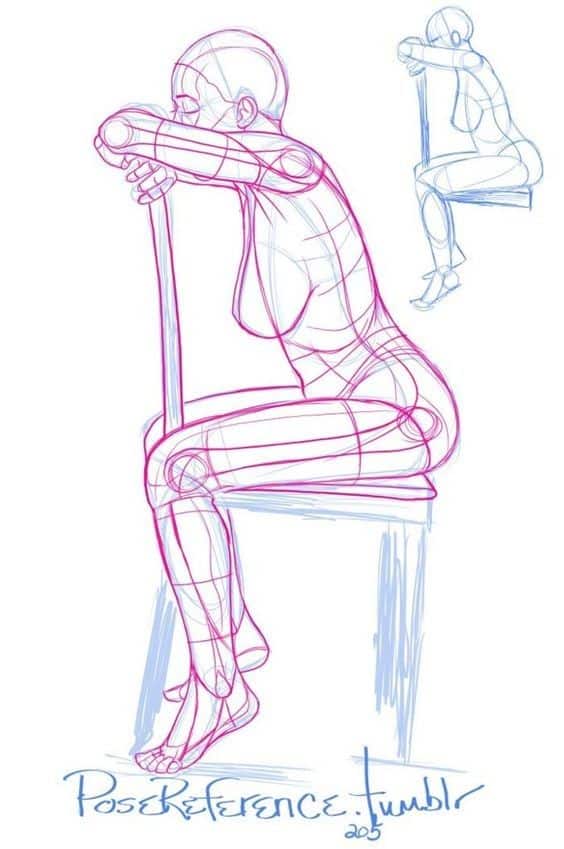
Seated poses change the way proportions appear. Legs may look shorter because they are bent, or the torso might seem taller due to posture.
Artists break the figure into simple shapes like ovals and rectangles to keep proportions clear. It’s important to compare the size of the head with the torso and limbs while remembering that foreshortening can affect length. This ensures the figure looks balanced and believable.
Constructing the Seated Figure
Constructing a seated figure starts with simplifying the body into basic shapes. Proper perspective and understanding how limbs join the torso help create natural and balanced poses. These points work together to build a solid base before adding details.
Breaking Down the Body into Simple Forms
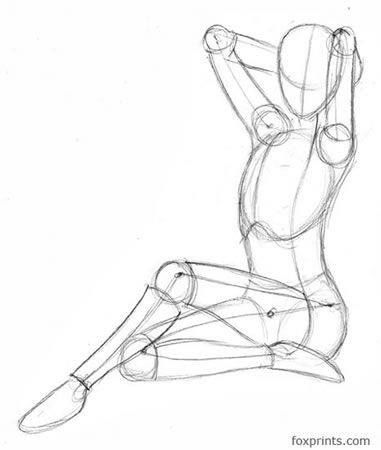
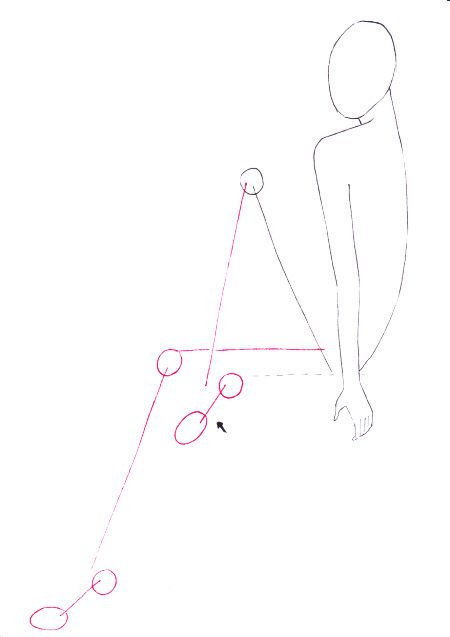
Artists often begin with simple shapes like cylinders, boxes, and spheres to represent different body parts. For example, the ribcage can be drawn as an oval or box, while thighs and arms take cylinder shapes.
Using these forms helps keep correct proportions and makes it easier to adjust the pose. It also shows the volume of the body, which is important for a seated figure because parts can overlap.
Simplifying the figure this way allows the artist to focus on overall posture before adding muscles or clothing. It is a straightforward method that makes complicated poses manageable.
Perspective Techniques for Seated Poses
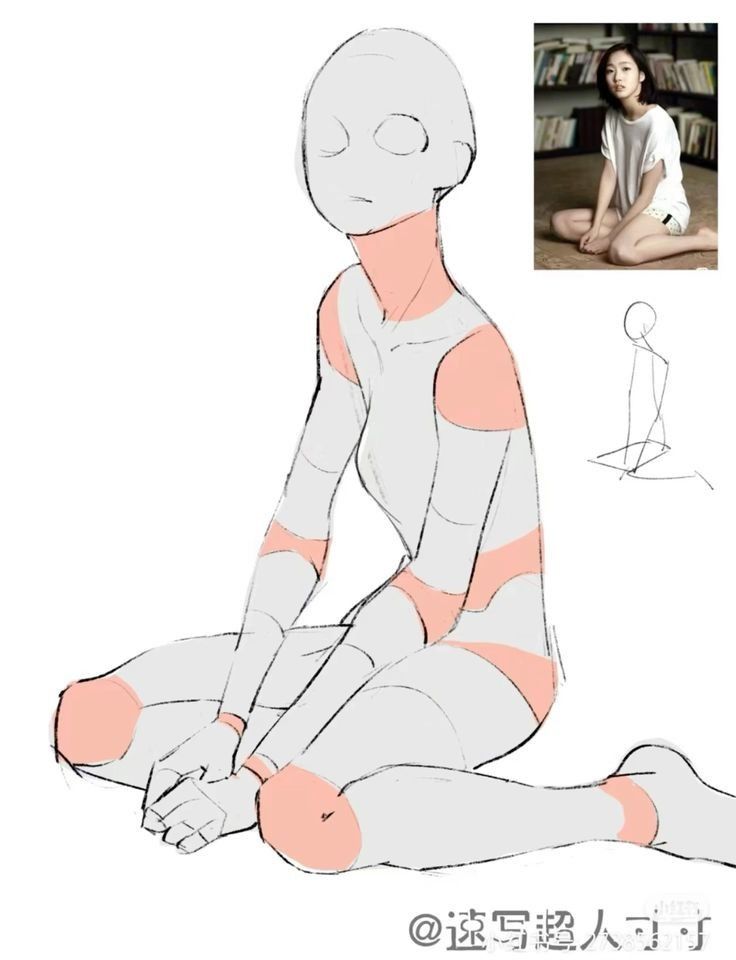
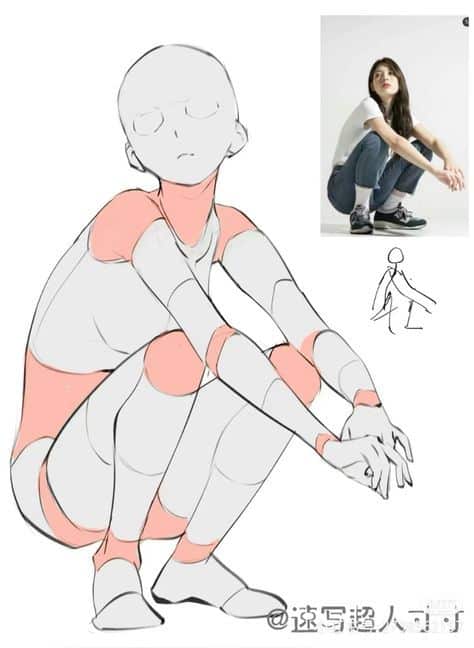
Perspective is key when drawing seated figures since the body often bends and compresses. Foreshortening makes some body parts appear shorter because they point towards or away from the viewer.
To handle perspective, artists can use the head as a unit of measurement. This helps keep sizes consistent, especially when the legs or arms are bent.
They can also imagine a three-dimensional box that encloses the torso and limbs. This box can be rotated to match the figure’s angle, helping with depth and alignment.
Connecting Limbs to the Torso
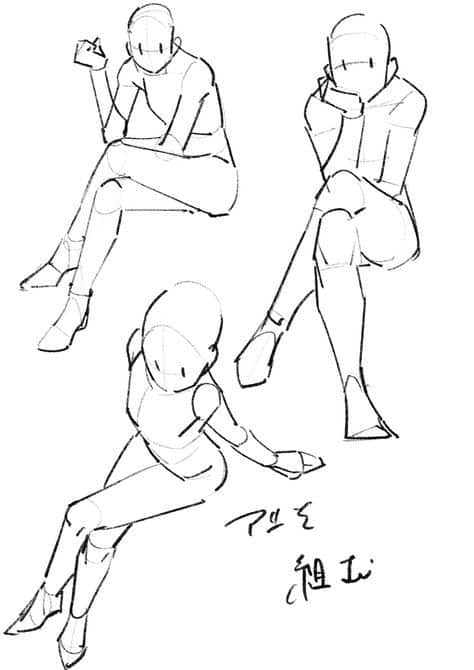
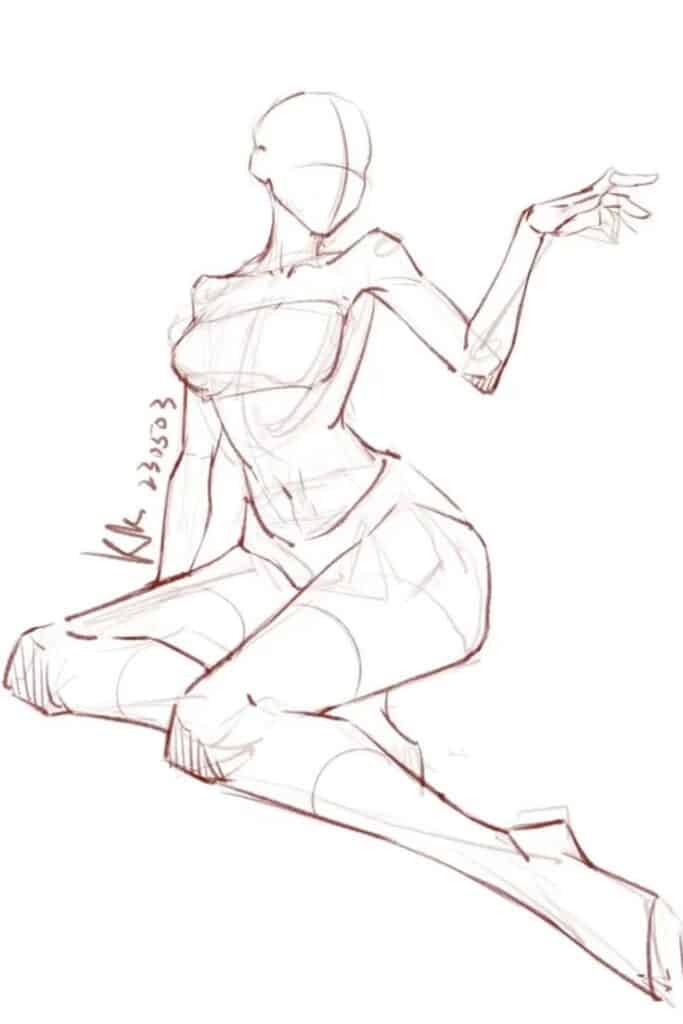
Accurately attaching arms and legs to the torso makes the figure look real and stable. The shoulder girdle connects arms to the ribs, and the hips connect the legs.
Knowing how joints move helps place limbs correctly. For example, hips rotate slightly when sitting, which changes the angle of the thighs.
Artists must also consider how weight is distributed. The sitting bones press down on the surface, so the pelvis tilts and shapes the pose.
Paying attention to these connections avoids stiff or unnatural drawings and gives the figure balance.
Capturing Dynamic Poses
Dynamic poses in seated figure drawing give life and energy to the artwork. It involves showing motion, mood, and unique perspectives. These elements help the figure feel real and interesting, not stiff or flat.
Implied Movement in Seated Figures
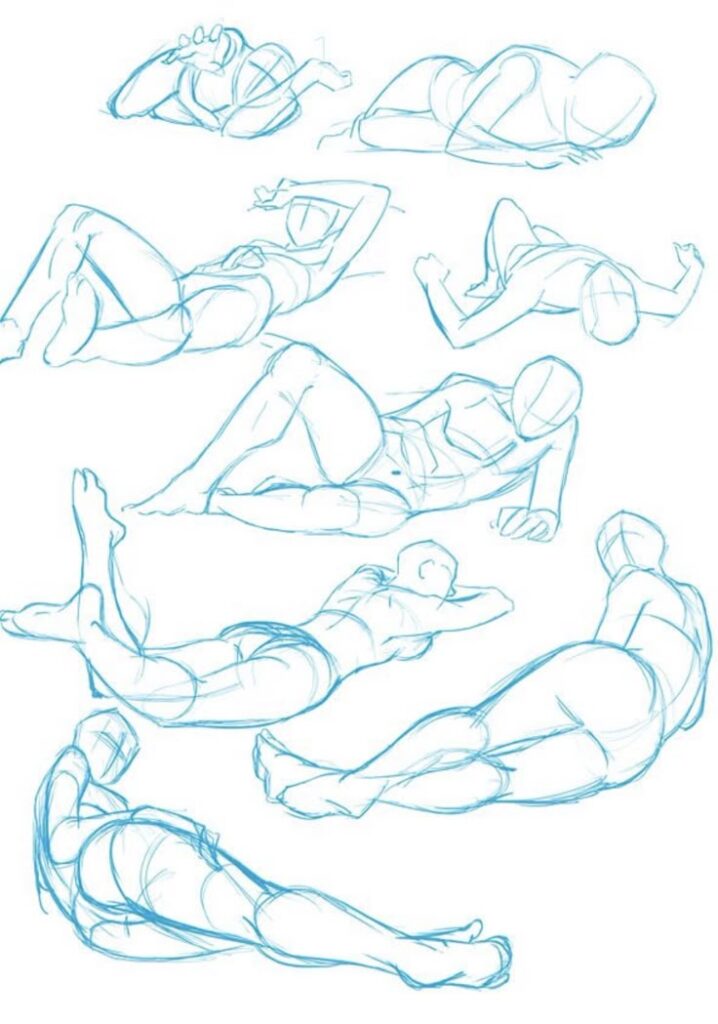
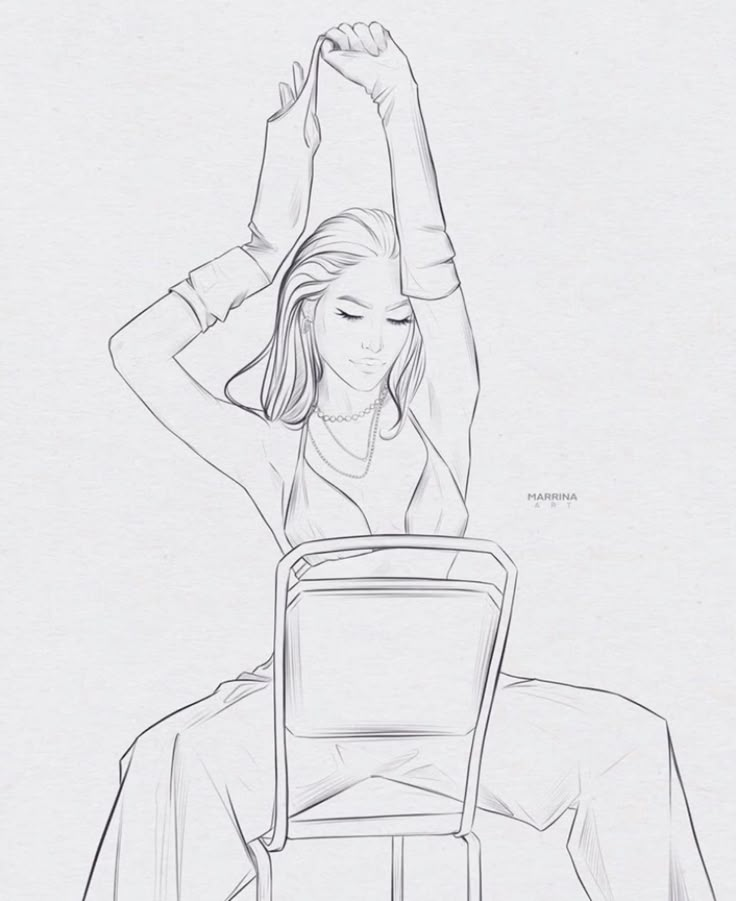
Even while sitting, a figure can suggest movement. This happens by positioning limbs at varied angles and adjusting weight shifts in the hips and torso. Small changes like a tilted head or a bent knee can hint at action.
Artists often focus on how the legs and arms interact with the seat. For example, one foot pushing off or a hand leaning on the chair adds tension and flow.
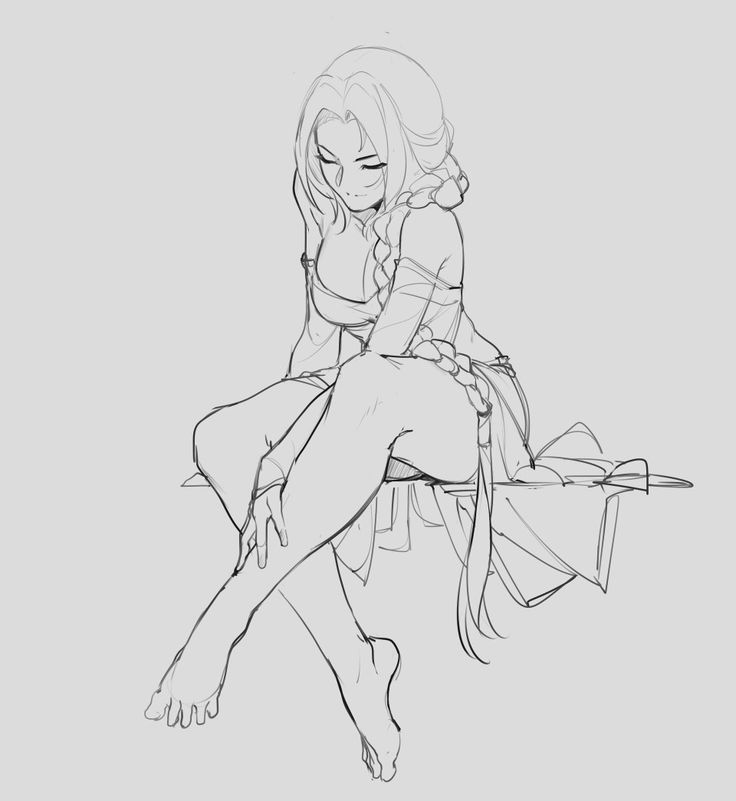
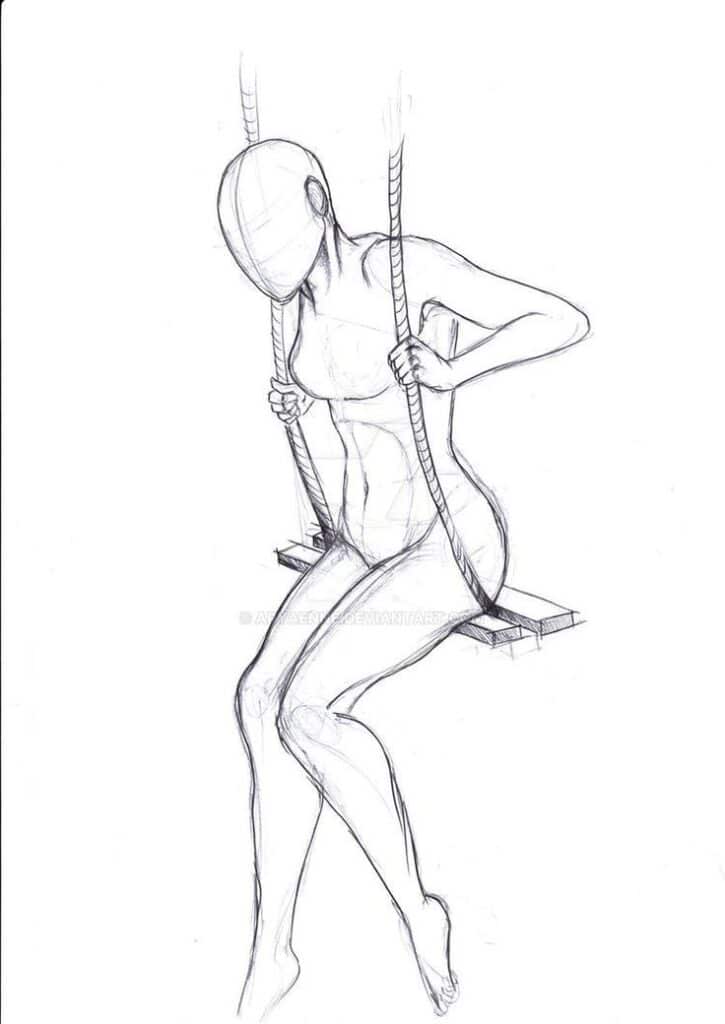
Using foreshortening helps show depth, making the pose appear more dynamic. Gesture drawing is also useful to quickly capture the natural curve and energy of the seated figure before adding details.
Expressing Mood and Character
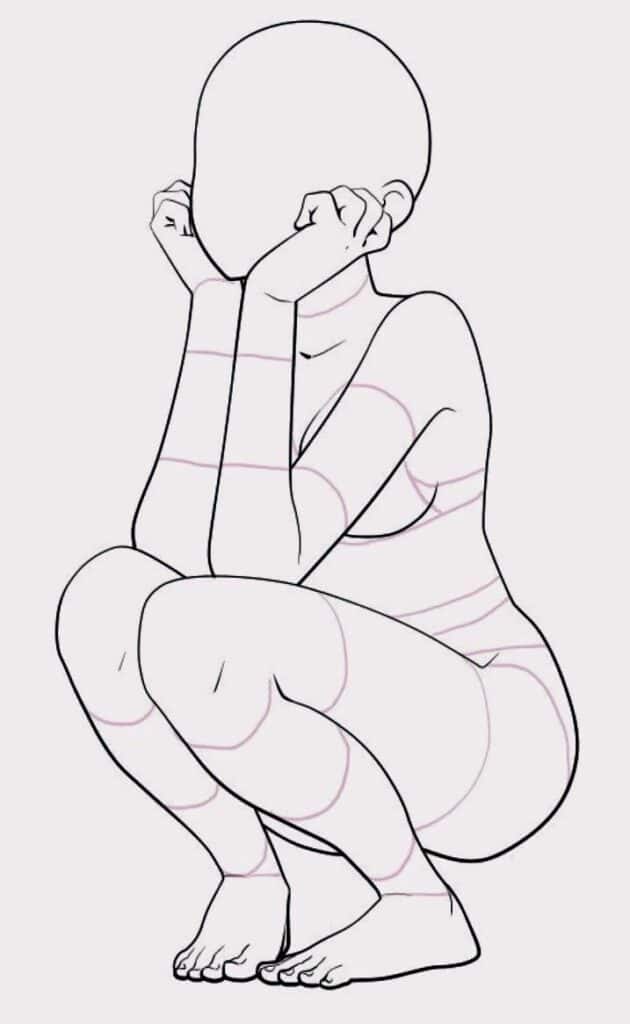
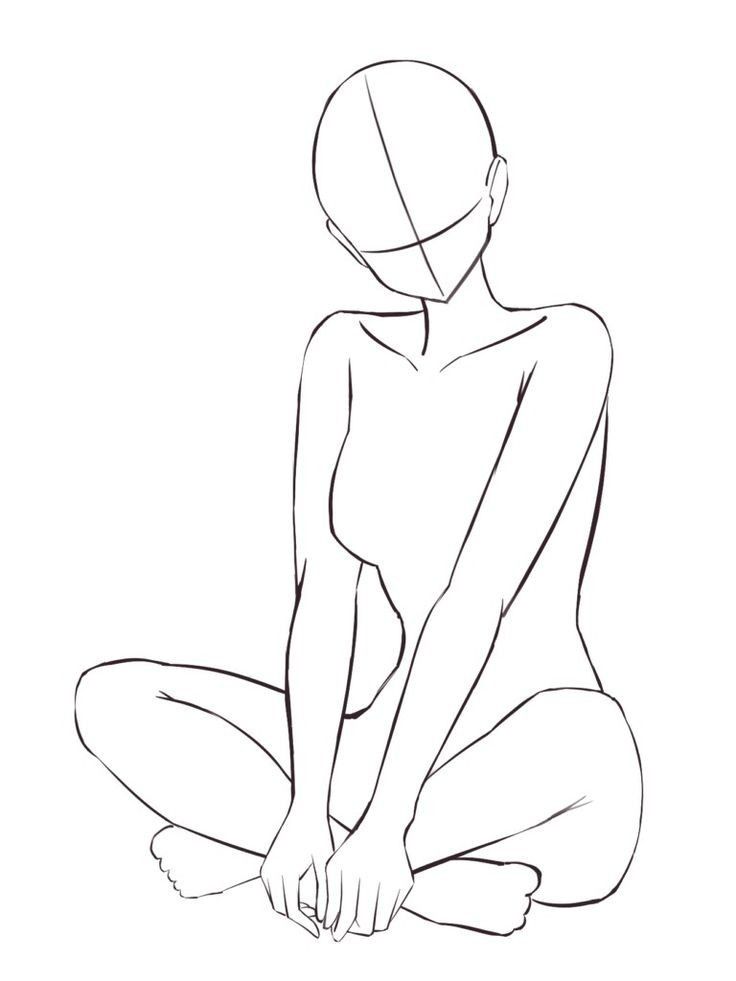
Mood shines through posture and small details in seated poses. Slouched shoulders or crossed arms can show discomfort or defensiveness. Leaning forward might express interest or eagerness.
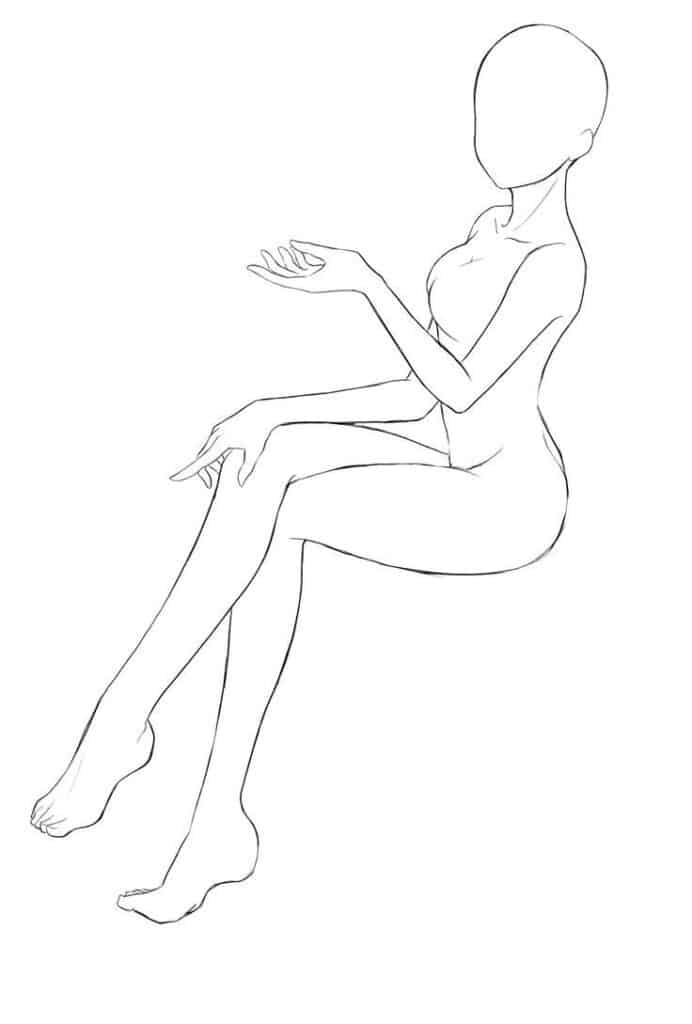
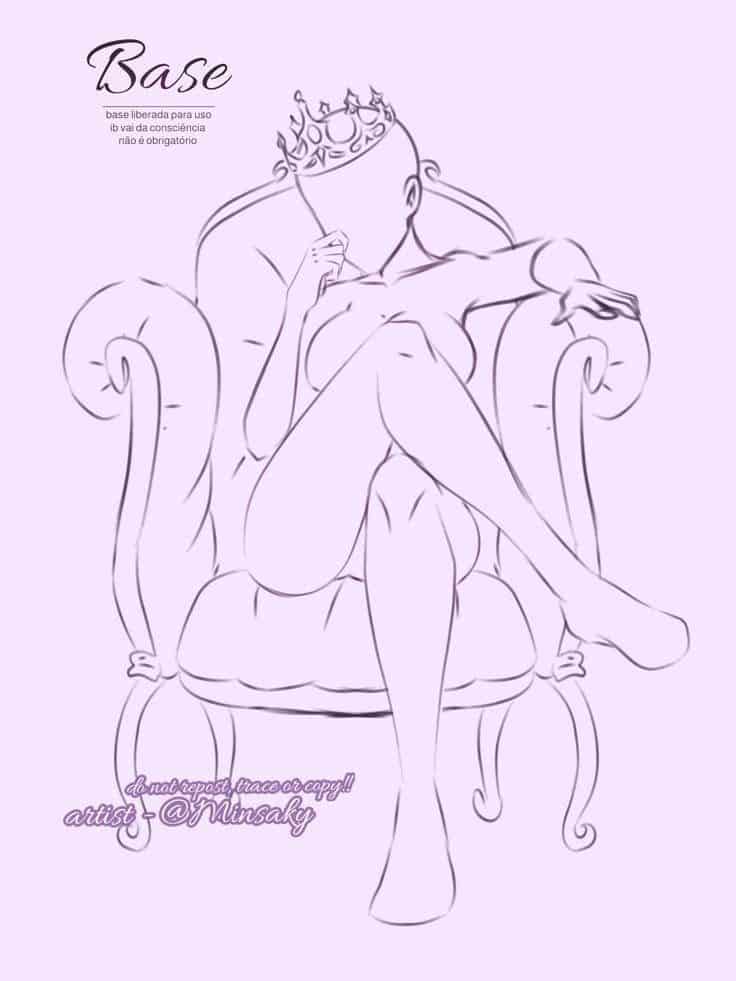
Facial expressions paired with body language create a fuller picture of character. Even subtle elements, like how tightly fingers clutch or how relaxed the back is, add personality.
To convey mood well, artists observe real people or use references that show emotions clearly. Studying how people sit when happy, tired, or nervous helps capture these feelings in drawings.
Experimenting with Unconventional Angles
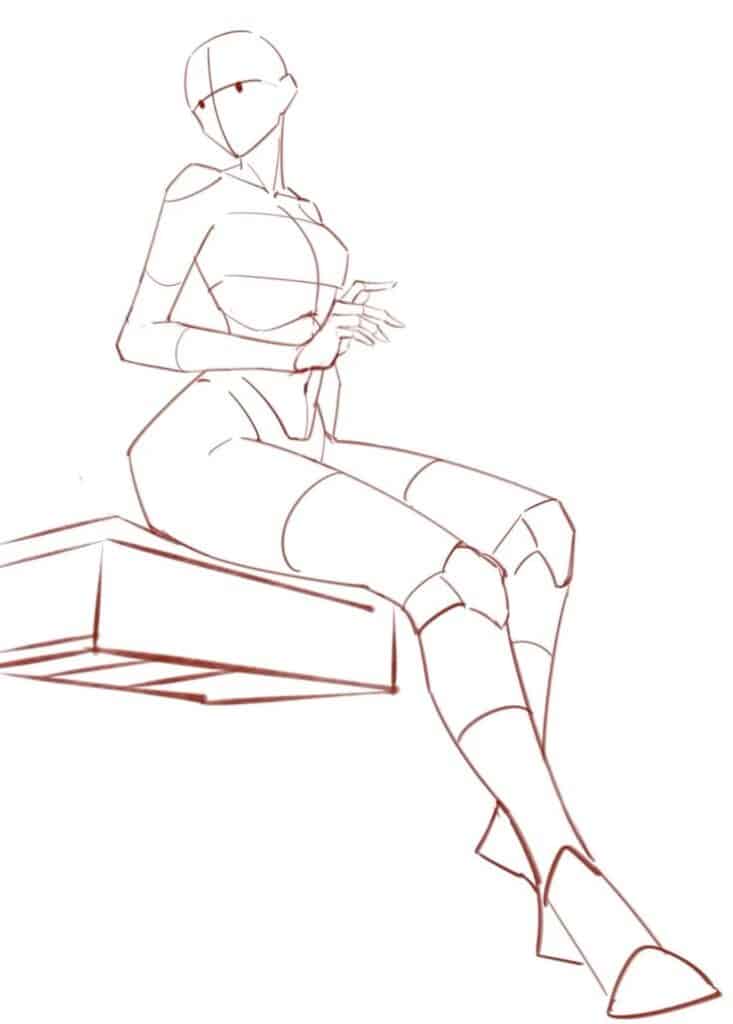
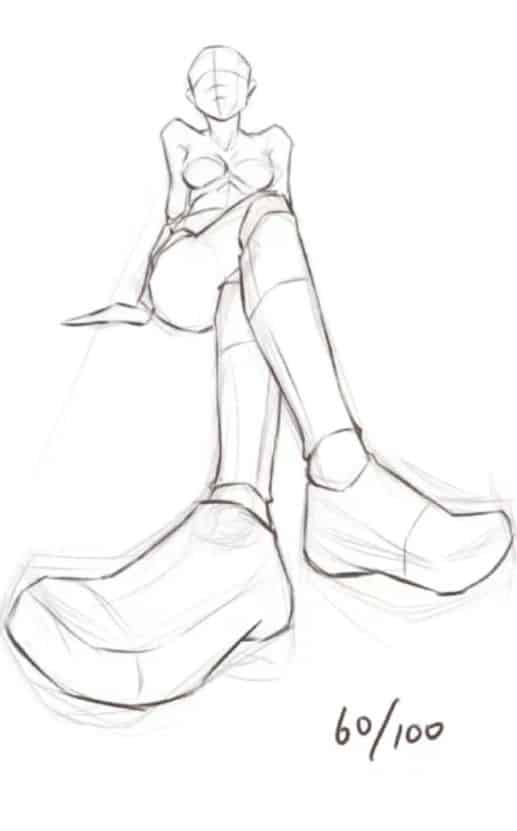
Drawing seated figures from unique viewpoints makes the image stand out. Looking down from above or from a low side angle changes how the pose reads.
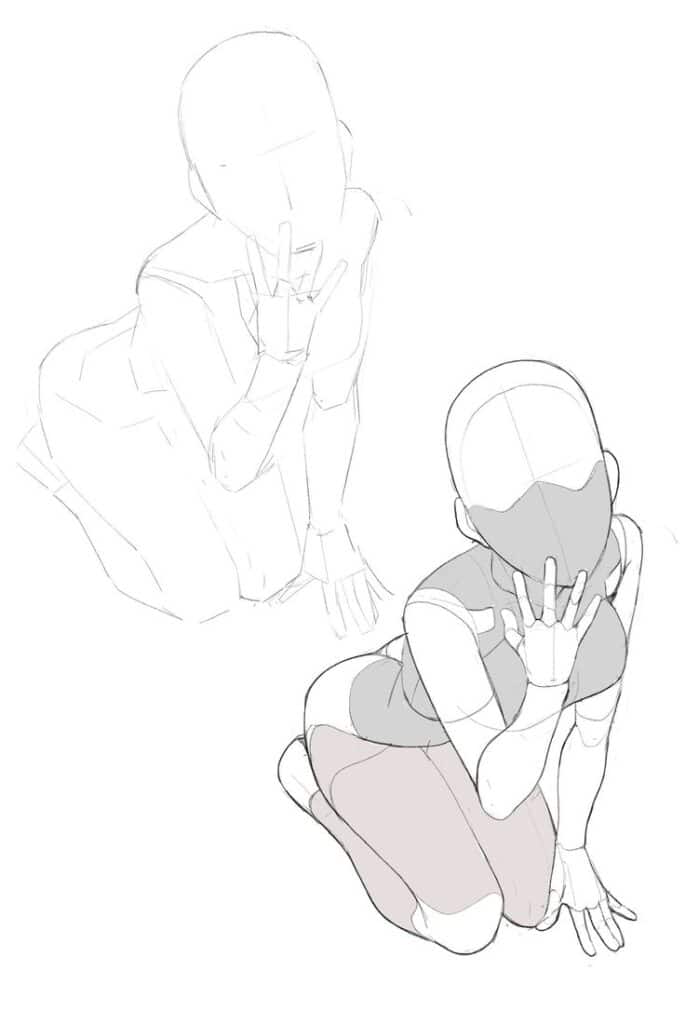
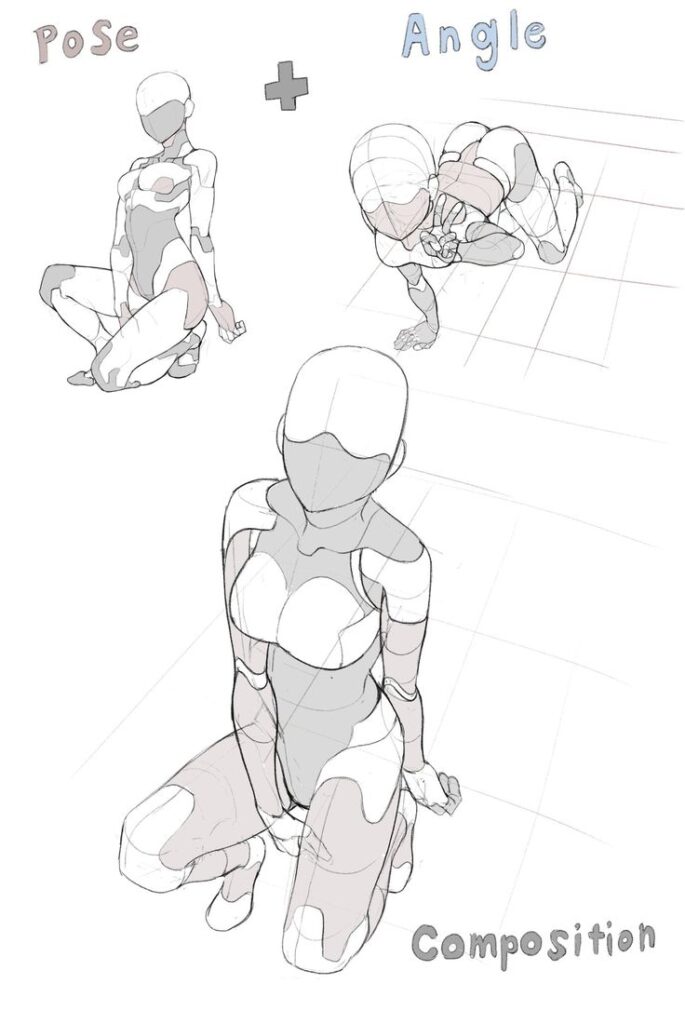
Unconventional angles reveal different shapes and foreshortening challenges. For instance, a low angle might exaggerate the legs’ size, while a top-down view compresses the body into a flatter shape.
Trying these angles helps artists understand the body’s three-dimensional form better. It forces attention to proportions and perspective, leading to more confident and interesting artwork.
Using reference photos or 3D models from unusual points of view can widen an artist’s skill set in capturing seated figures.
Anatomy for Seated Figure Drawing
Drawing a seated figure means paying close attention to key body points and how they line up when the body bends or folds. It also means handling tricky angles that come from parts closer or farther from the viewer.
Landmarks of the Human Body
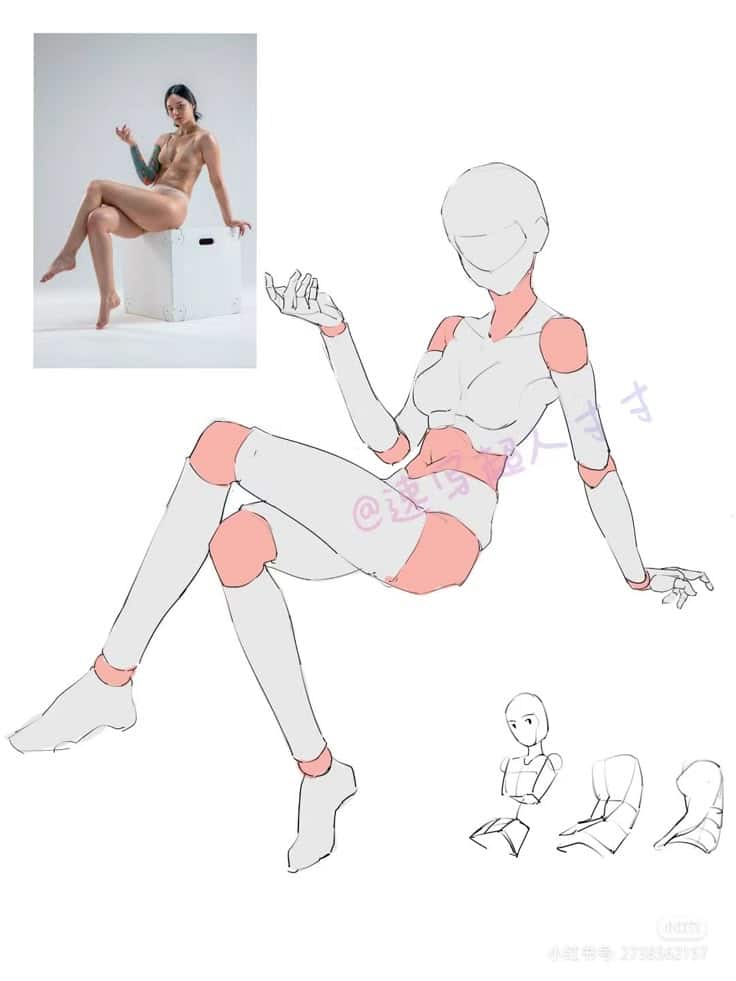
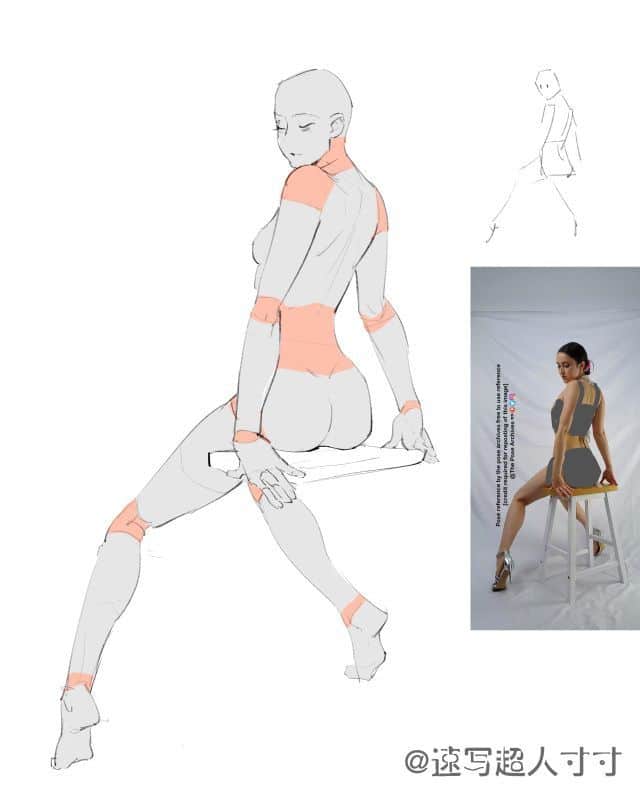
Artists should notice important body landmarks like the shoulders, elbows, hips, knees, and ankles. These spots help keep the pose realistic. For instance, when seated, the hips usually tilt and the knees bend, affecting how weight is placed.
The spine curves more in seated poses, changing the body’s center of balance. The shoulder blades may shift depending on arm position, and the pelvis tilts forward or back.
Using these landmarks as guides keeps proportions right and helps in showing the body’s natural stance.
Common Foreshortening Challenges
Foreshortening happens when parts of the body look shorter because they point toward or away from the viewer. In sitting poses, foreshortening often appears in legs or arms.
It’s common for thighs and shins to overlap, making it hard to tell where one ends and the other begins. Hands or feet closer to the viewer can seem bigger than usual.
To solve this, artists break shapes into simple forms like cylinders or boxes. They also use shading to show depth and avoid confusion between overlapping parts.
Adding Details and Refinement
Properly refining a seated figure drawing brings more life and realism to the image. Focusing on fabric textures, the natural pose of hands and feet, and fitting the figure into its surroundings all enhance the final drawing. These small details help the figure feel more natural and grounded.
Rendering Clothing and Fabric
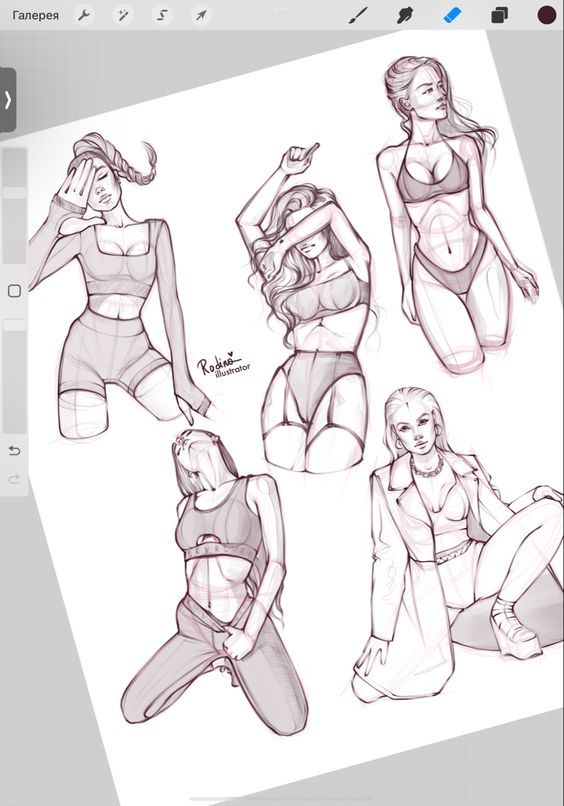
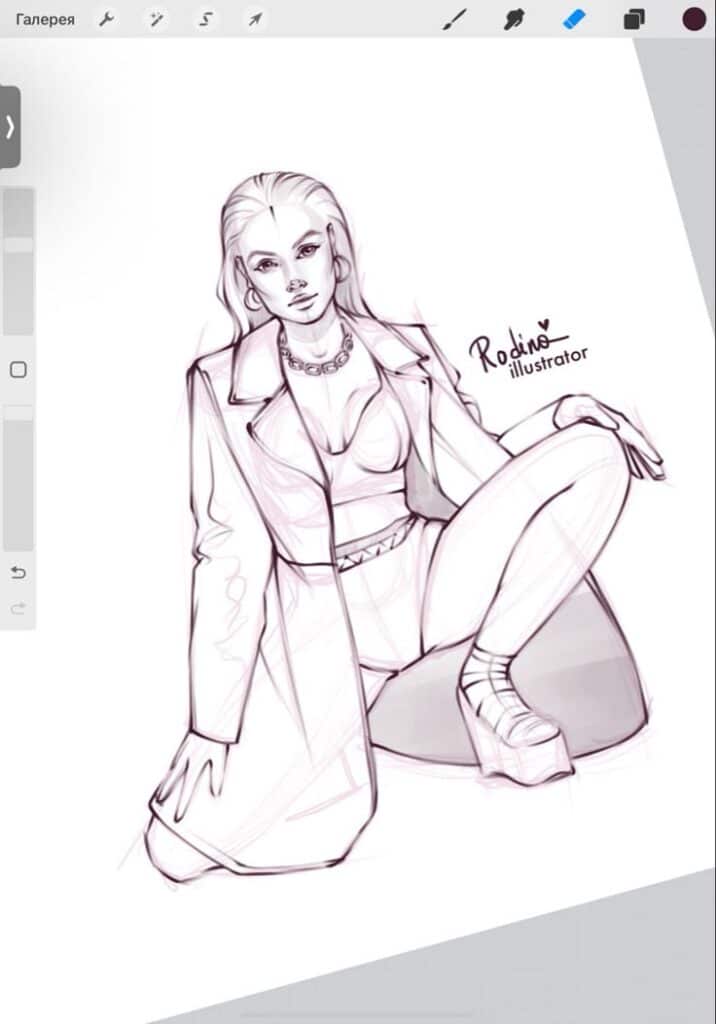
Clothing follows the form underneath and reacts to gravity and body movement. The artist should observe how fabric folds around the hips, knees, and elbows in a seated pose. Wrinkles often appear where the body bends or where the fabric is pressed.
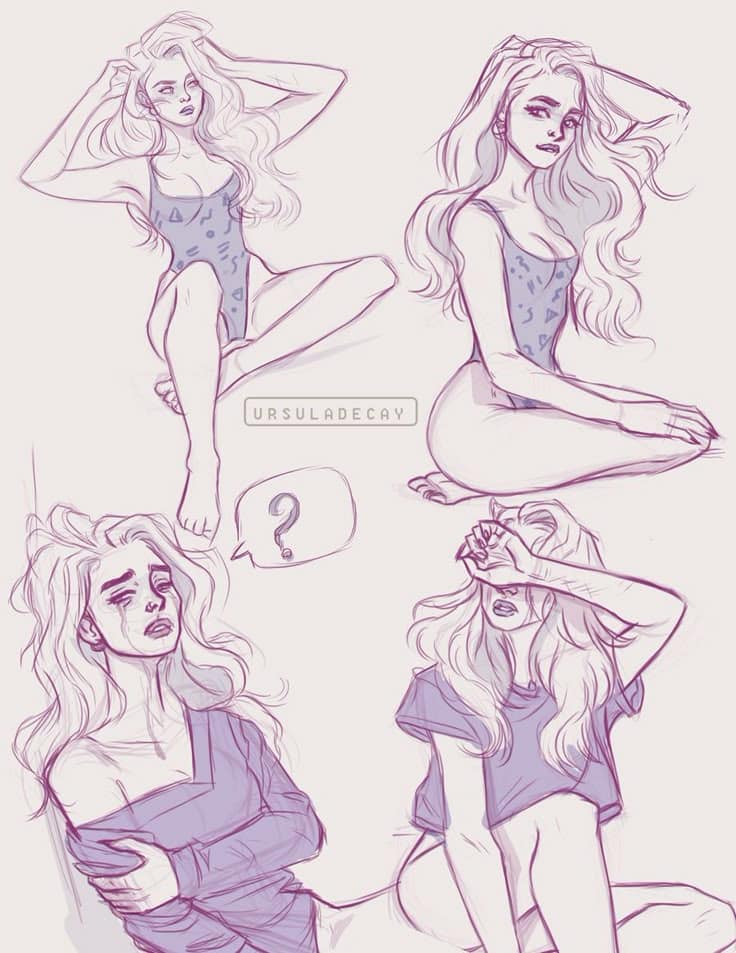
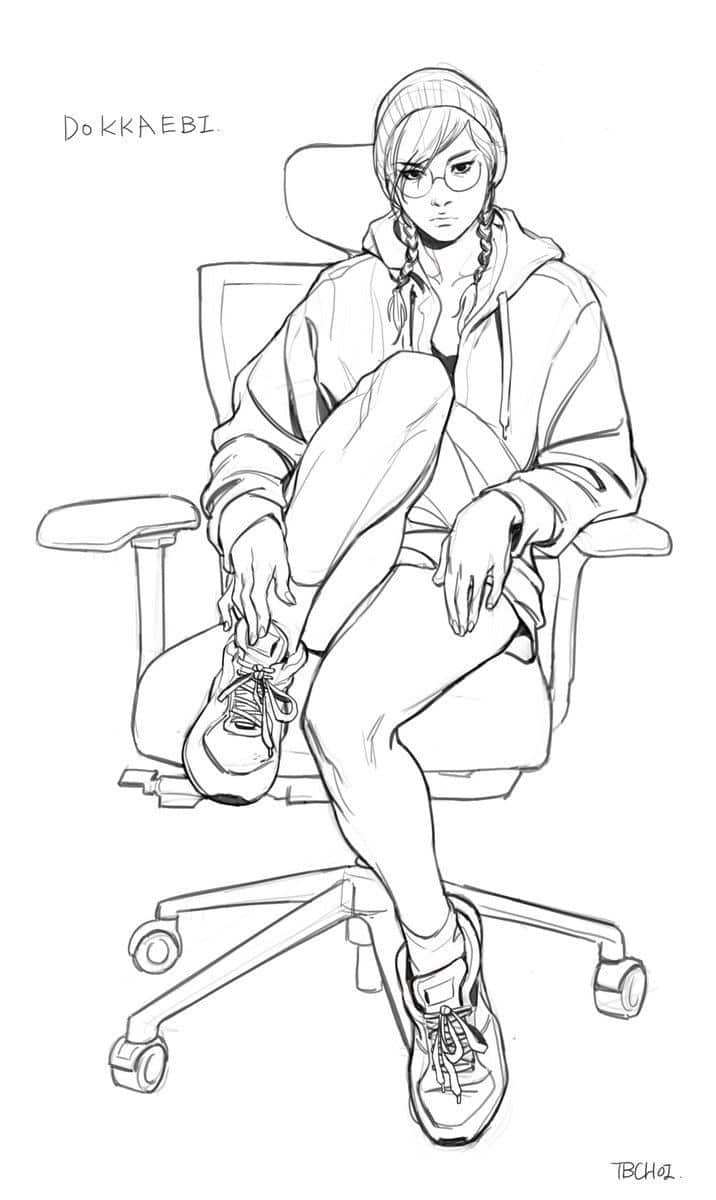
Using varied line weight helps show the softness or stiffness of different fabrics. For example, tight lines can represent stiff materials, while light, loose lines suggest soft fabrics. Shading should highlight raised areas of folds and deepen the shadows in creases.
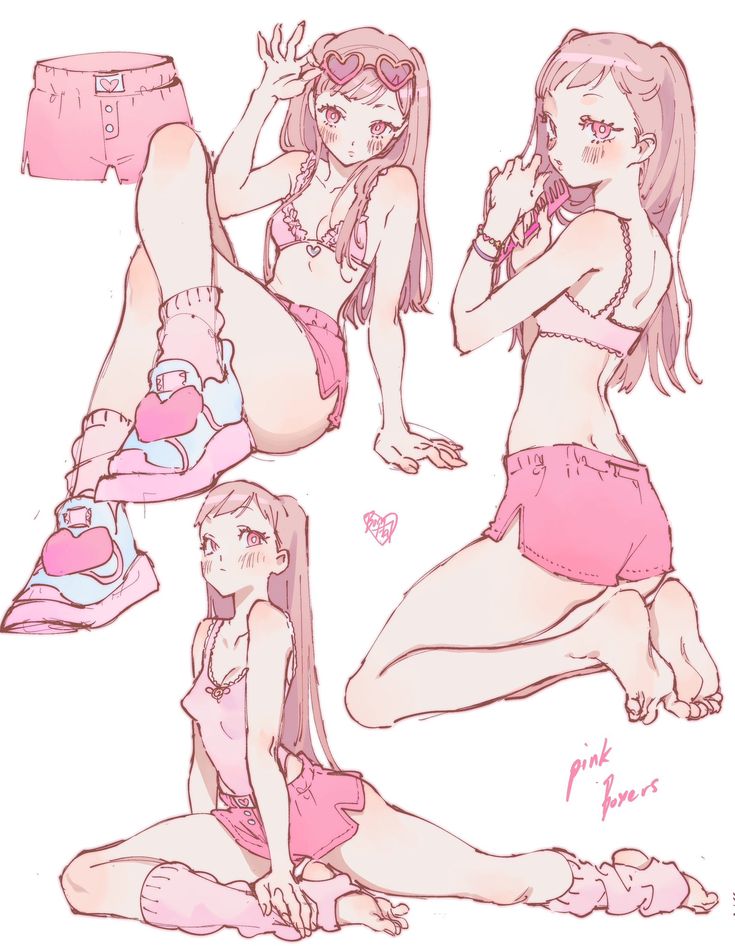
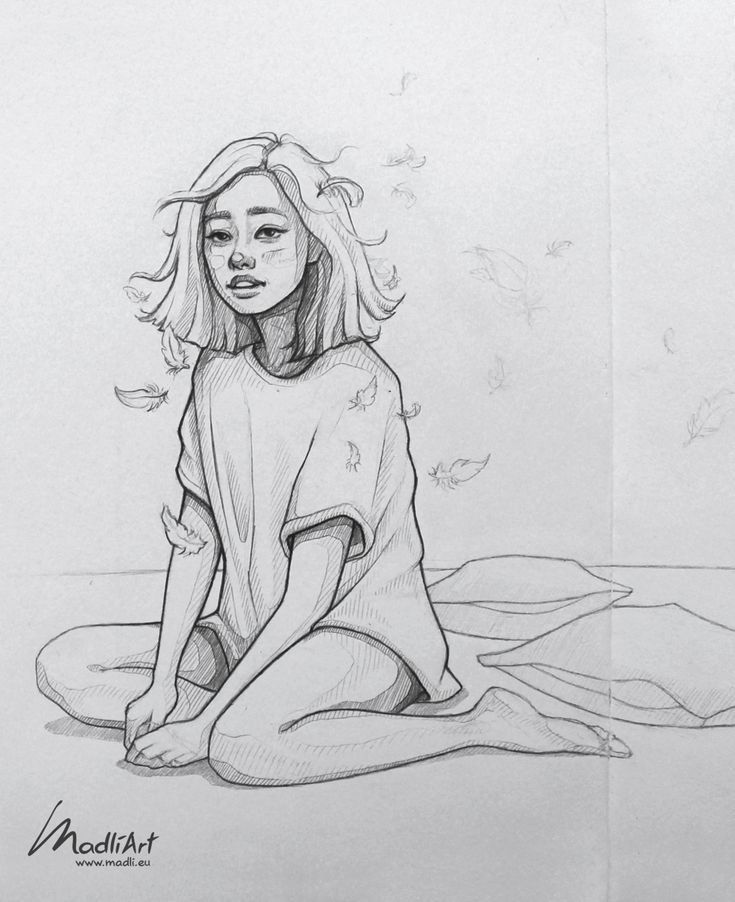
Pay attention to how the fabric bunches or stretches, as this adds authenticity. Small details like buttons, seams, or patterns give the clothing more personality.
Depicting Hands and Feet in a Seated Position
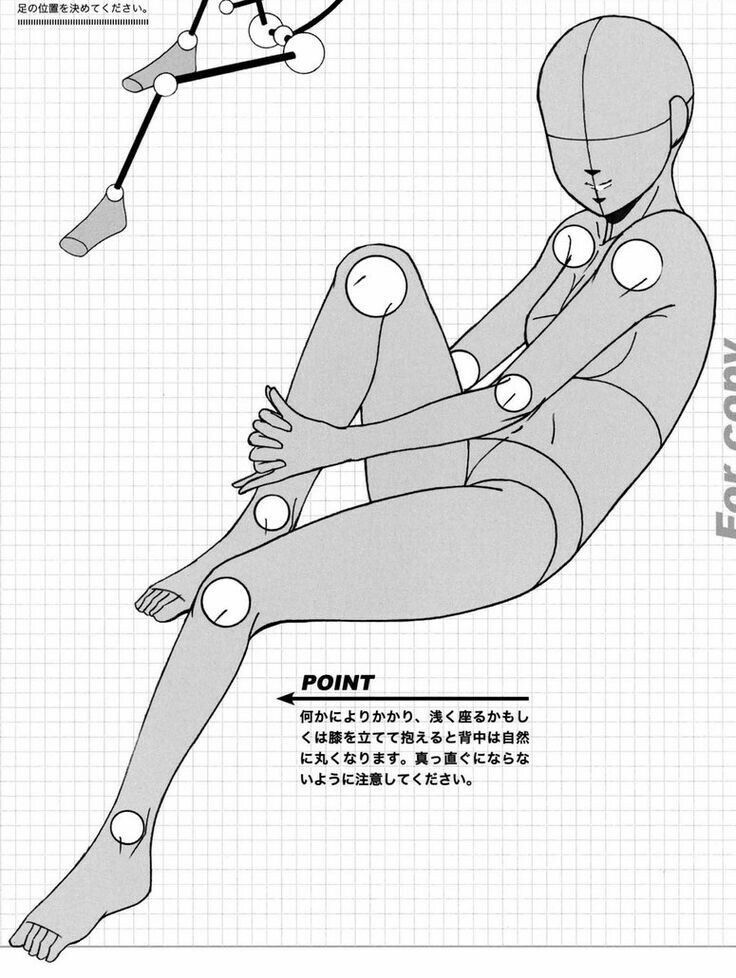

Hands and feet can be tricky but are vital for a natural pose. When seated, hands might rest on knees, hold an object, or relax on the lap. Their position should follow the natural flow of the arm.
Feet often rest flat on the ground or may be tucked under the chair. It’s important to keep proportions accurate and remember that toes and fingers are rarely fully stretched out when seated.
Careful shading shows bone structure, knuckles, and tendons in the hands. For feet, emphasize weight on the heels or balls of the feet using shadow. Simple gestures and light lines often work better than detailed rendering.
Creating a Convincing Environment
The environment anchors the figure and adds context. Elements like chairs, cushions, or flooring define where the figure sits and affect posture.
Drawing the chair’s shape and design is key—notice how it supports the body and how the weight distributes. Shadows cast by the figure and furniture deepen the sense of space and realism.
Including nearby objects or room details, even if minimal, makes the drawing feel complete. Light sources in the environment influence shading and highlights on both figure and setting.
- 3.1Kshares
- Facebook0
- Pinterest3.1K
- Twitter4
- Reddit0








